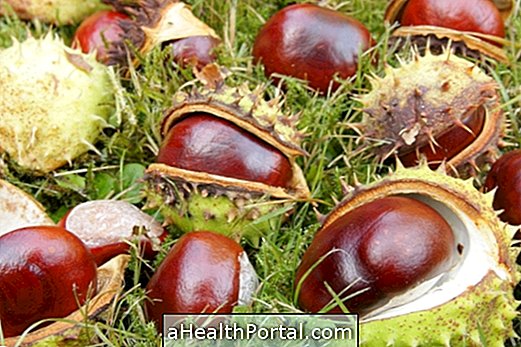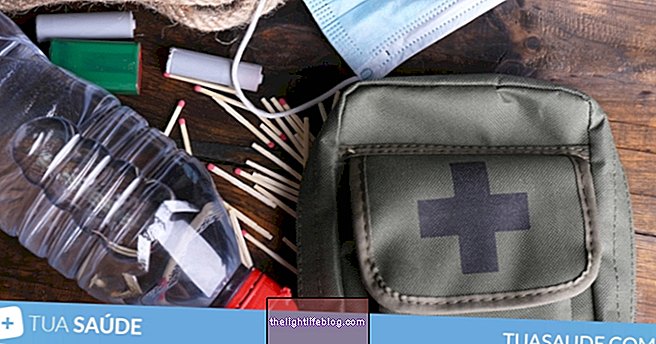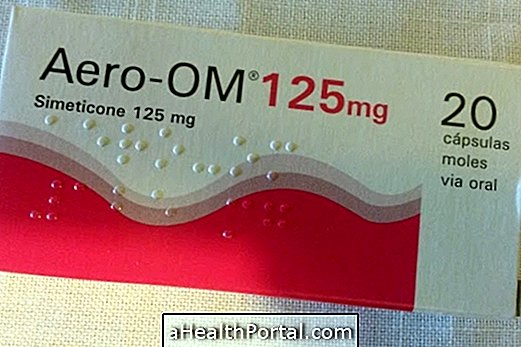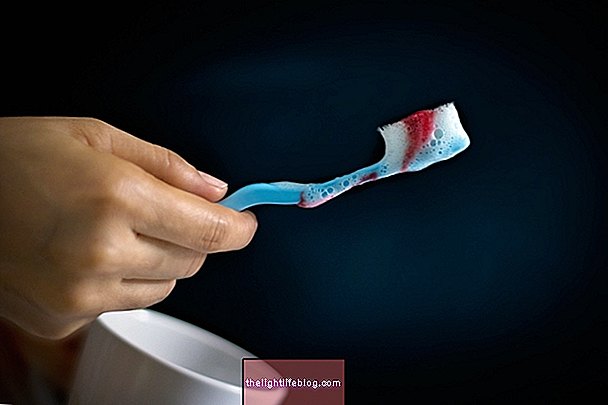The red patches on the skin, when they are not accompanied by any other symptoms, are normal. They may arise mainly due to insect bites or being birthmarks. However, when the spots appear on the whole body or there is the appearance of some symptom such as pain, intense itching, fever or headache, it is important to go to the doctor, as it may be a sign of a more serious disease, such as lupus, for example.
It is always important to always be alert to the body, observing new spots, scars or scaling that may arise, and always go to the dermatologist when any change is noticed. Understand how the dermatological examination is done.
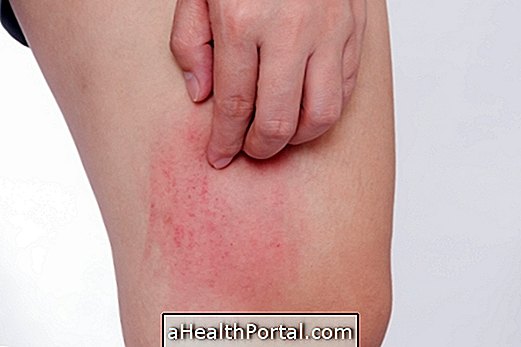
The main causes of red spots on the leg are:
1. Insect bite
The spots that arise because of insect bites are usually higher and tend to itch. This is the most common cause of spotting in the leg, as it is the easiest body region for insects such as ants and mosquitoes.
What to do: It is important to avoid scratching as it may expose the skin to possible infections and it is recommended to use repellents and moisturizers to relieve the urge to itch. Learn what to get past the insect bite.
2. Allergy
Allergy is the second most common cause of spotting in the leg and are red or white, itchy and may fill with fluid. Usually it happens by contact with plants, animal hair or even allergy to fabric or fabric softener that is used to wash clothes.
What to do: The ideal is to identify the cause of the allergy so that contact can be avoided. In addition, an antiallergic drug such as Loratadine or Polaramine may be used for relief of symptoms. See what other allergy medicines are.
3. Eczema
Eczema manifests as spots not only on the leg, but throughout the body, which cause a lot of itching and can become swollen. It is the result of contact with some object or substance that causes allergy, such as synthetic fabric, for example.
What to do: It is recommended to go to the dermatologist so that you can start the appropriate treatment, since the eczema has no cure but rather control according to the medical guidelines. The most indicated treatment is usually the use of anti-allergy medicines, creams or ointments, such as hydrocortisone, and the use of antibiotics to prevent possible infections. Learn how to identify and treat eczema.

4. Medications
Some medicines, such as ketoprofen and glucosamine, can cause red patches on the leg and skin as a whole. In addition there may be sore throat, chills, fever and blood in the urine.
What to do: It is important to tell the doctor quickly about the occurrence of the reaction so that the drug is stopped and another type of treatment can be started.
5. Keratosis
Keratosis occurs when there is excess production of keratin in the skin that develops with reddish-looking lesions that look like spines that can appear in both the leg and the rest of the body. It is more common to occur in people who have dry skin and in those who have allergic diseases such as asthma or rhinitis. Learn more about keratosis.
What to do: It is recommended to go to the dermatologist so that the best treatment can be started. Usually keratosis is treated with the use of creams such as Epydermy or Vitacid.
Ringworm
Ringworm is a disease caused by fungi that can manifest itself from the appearance of red spots on the body. These spots are usually large, itchy, may peel and have a bullous appearance. See what the symptoms of ringworm are.
What to do: Treatment for ringworm is usually done with the use of antifungal drugs, such as ketoconazole or fluconazole, prescribed by your doctor. Here are the best remedies for treating ringworm.
When to go to the doctor
It is recommended to go to the dermatologist or general practitioner when other symptoms appear, such as:
- Red spots all over the body;
- Pain and irritation;
- Headache;
- Intense itching;
- Fever;
- Nausea;
- Bleeding.
The onset of these symptoms may indicate a more serious illness such as rubella or lupus, so it is important to go to the doctor as soon as the first symptoms appear. Find out what are the diseases that cause red spots on the skin.










